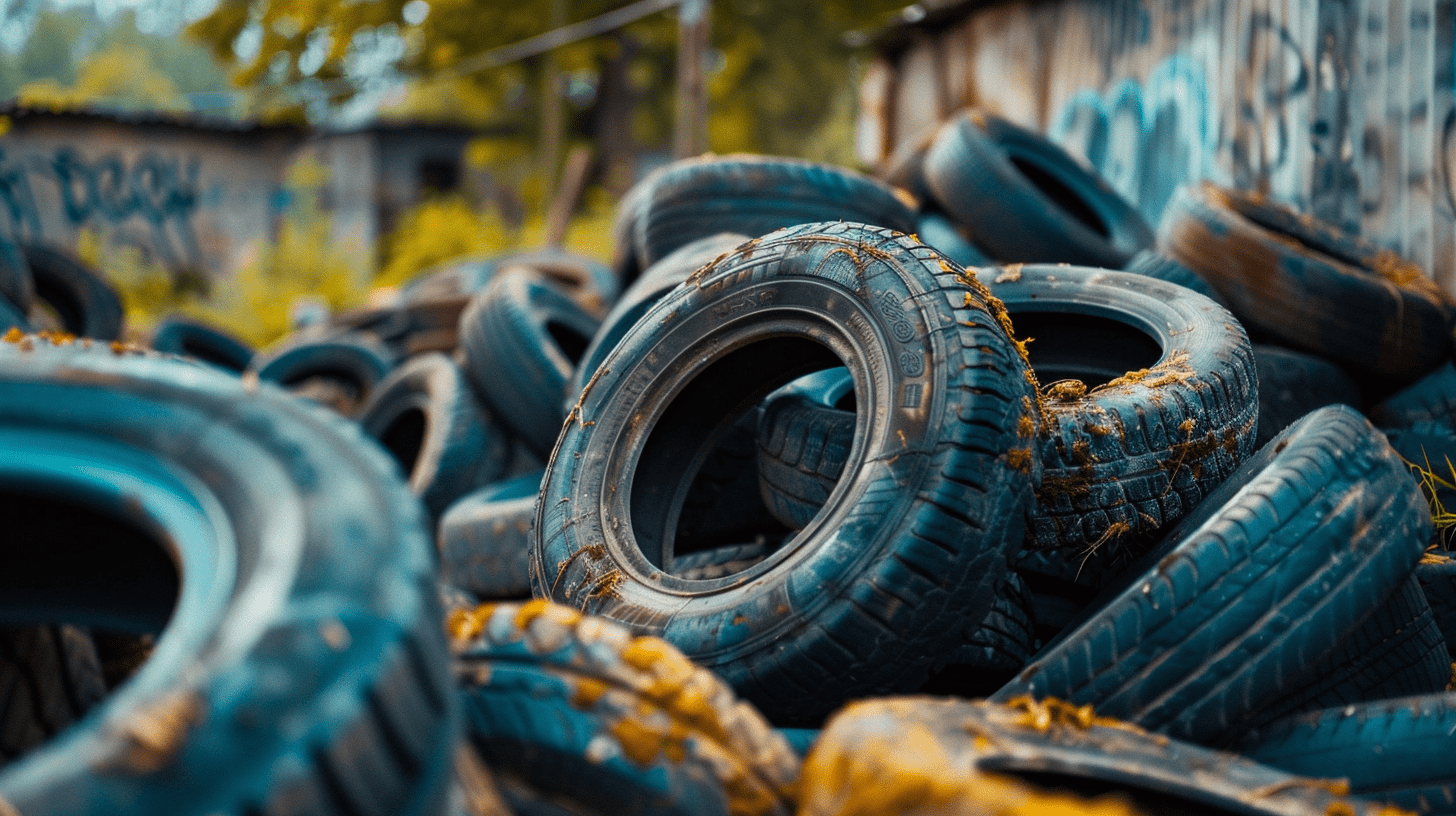The Circular Economy
Learn what the circular economy is, how it reshapes our approach to consumption and waste, and the environmental benefits it offers.

Challenge Introduction
In the challenge, you will explore the concept of the circular economy, an innovative framework that reimagines how resources are used, reused, and regenerated across human systems. As the global population grows and demand for materials increases, traditional models of extraction, consumption, and disposal are placing greater strain on Earth's systems. The circular economy offers an alternative: a regenerative approach that minimizes waste, extends product lifecycles, and promotes more resilient and resource-efficient economies.
Learning Goals
- Define the circular economy and explain how it differs from the linear economy
- Analyze the environmental and systems-level implications of circular strategies
- Reflect on how circular thinking can support long-term sustainability
- Describe key principles of circular design, closed-loop systems, and material recovery
- Evaluate real-world case studies that demonstrate circular practices in industry, infrastructure, and communities
- Understand your role in the circular economy
Foundations of Circular and Linear Economics
Complete these tasks:
Introduction to the Circular Economy
Read • 1 min
Comparing Circular and Linear Systems
Read • 1 min
Designing for Circularity
In this section, you will examine how product design plays a key role in shaping the circular economy. You will discover how thoughtful design can reduce waste, support reuse and recycling, and extend product lifecycles. By understanding circular design strategies and business models, you will see how innovation can transform the way goods are made and used.
Complete these tasks:
Circular Product Design Principles
Read • 1 min
Product Lifecycles and Value Retention
Read • 1 min
Circular Business Models and Economic Incentives
Read • 1 min • Optional
Circular Economy and Environmental Systems
In this section, you will connect circular economy practices to broader environmental systems. You will investigate how circular strategies can ease pressure on planetary boundaries, enhance ecological resilience, and support a more balanced relationship between humans and nature. Systems thinking will help you see the links between material use, waste reduction, and planetary health.
Complete these tasks:
Circular Economy and Planetary Boundaries
Read • 1 min
Systems Thinking and Material Flow
Read • 1 min
Circular Economy in Action
In this section, you will explore how circular economy principles are being put into practice around the world. Through case studies in industries, cities, and communities, you will see how circular strategies are being implemented to solve real-world challenges. You will also look at future innovations and consider what role you can play in advancing circular systems.
Complete these tasks:
Industrial Circular Practices
Read • 1 min
Circular Cities and Community Solutions
Read • 1 min
Innovation, Technology, and Future Trends
Read • 1 min
Earn your rewards
Show what you have learned:
- Define the circular economy and explain how it differs from the linear economy
- Describe key principles of circular design, closed-loop systems, and material recovery
- Analyze the environmental and systems-level implications of circular strategies
- Evaluate real-world case studies that demonstrate circular practices in industry, infrastructure, and communities
